China : China's Leadership in SOFC Technology
China holds a commanding market share of 110.0, representing a significant portion of the APAC solid oxide fuel cell (SOFC) market. Key growth drivers include government initiatives aimed at reducing carbon emissions and promoting renewable energy sources. The demand for SOFC technology is bolstered by increasing industrial applications and a shift towards cleaner energy solutions. Regulatory policies, such as subsidies for green technologies, further enhance market growth, while robust infrastructure development supports the expansion of SOFC installations.
India : India's Growing SOFC Landscape
India's market share stands at 45.0, driven by rising energy demands and a push for sustainable energy solutions. The government has introduced policies to promote clean energy technologies, including SOFCs, which are gaining traction in urban areas. Demand is particularly strong in industrial sectors, where SOFCs are seen as a viable alternative to traditional energy sources. The increasing focus on energy security and efficiency is shaping consumption patterns across the country.
Japan : Japan's Advanced SOFC Technology
Japan's solid oxide fuel cell market is valued at 50.0, reflecting its commitment to innovation and sustainability. The country is a leader in SOFC technology, driven by government support for research and development. Demand is rising in residential and commercial sectors, with applications in combined heat and power systems. Regulatory frameworks encourage the adoption of clean energy technologies, fostering a favorable environment for SOFC deployment.
South Korea : South Korea's SOFC Advancements
South Korea's market share is 30.0, supported by strong government policies promoting renewable energy. The country is investing heavily in SOFC technology as part of its Green New Deal initiative. Demand is growing in both industrial and residential applications, with a focus on energy efficiency. The competitive landscape features major players like Mitsubishi Power, which are driving innovation and market expansion through strategic partnerships and investments.
Malaysia : Malaysia's SOFC Growth Potential
Malaysia's solid oxide fuel cell market is valued at 15.0, with growth driven by increasing energy demands and government initiatives to promote renewable energy. The country is focusing on developing its infrastructure to support clean energy technologies. Demand is particularly strong in urban areas, where SOFCs are being integrated into energy systems. The competitive landscape includes both local and international players, fostering innovation and collaboration in the sector.
Thailand : Thailand's SOFC Market Evolution
Thailand's market share stands at 10.0, reflecting a growing interest in sustainable energy solutions. The government is actively promoting clean energy technologies, including SOFCs, through various incentives and policies. Demand is increasing in industrial applications, particularly in manufacturing and transportation sectors. The competitive landscape features both domestic and international companies, contributing to a dynamic business environment focused on innovation and sustainability.
Indonesia : Indonesia's SOFC Market Growth
Indonesia's solid oxide fuel cell market is valued at 8.0, with growth driven by rising energy needs and a focus on renewable energy sources. The government is implementing policies to encourage the adoption of clean technologies, including SOFCs. Demand is particularly strong in urban centers, where energy efficiency is a priority. The competitive landscape is evolving, with both local and international players entering the market to capitalize on emerging opportunities.
Rest of APAC : SOFC Market in Emerging Regions
The Rest of APAC market for solid oxide fuel cells is valued at 18.83, showcasing diverse opportunities across various countries. Growth is driven by increasing energy demands and a shift towards sustainable energy solutions. Regulatory frameworks in several countries are beginning to support the adoption of SOFC technologies, creating a favorable environment for market expansion. Demand trends vary significantly, influenced by local energy policies and industrial needs.


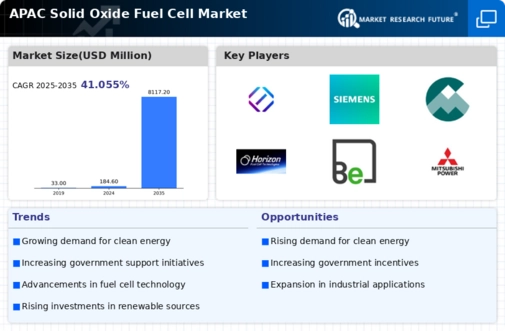
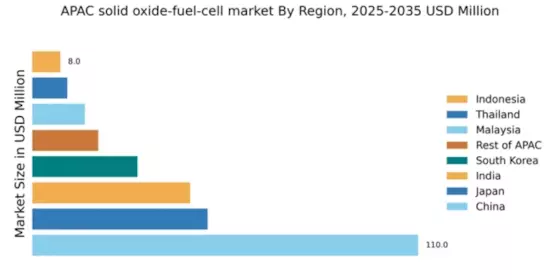
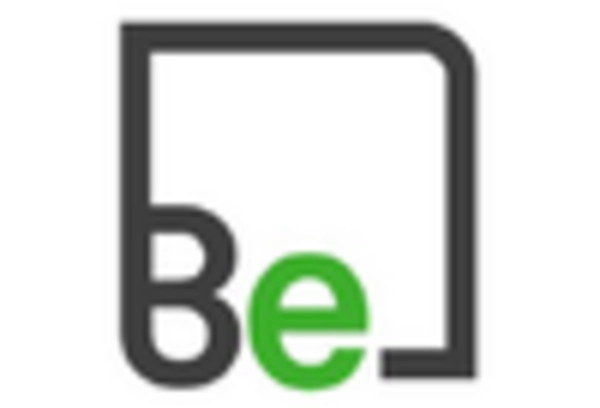
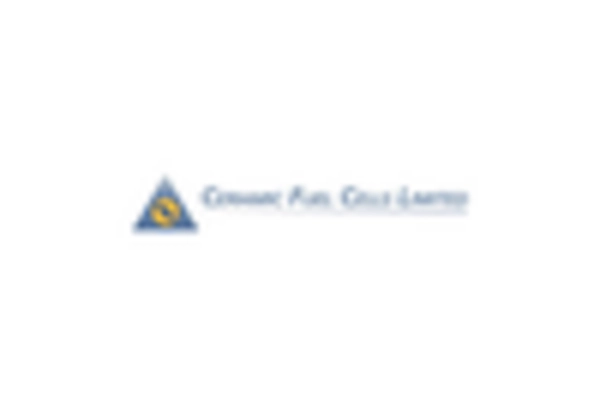


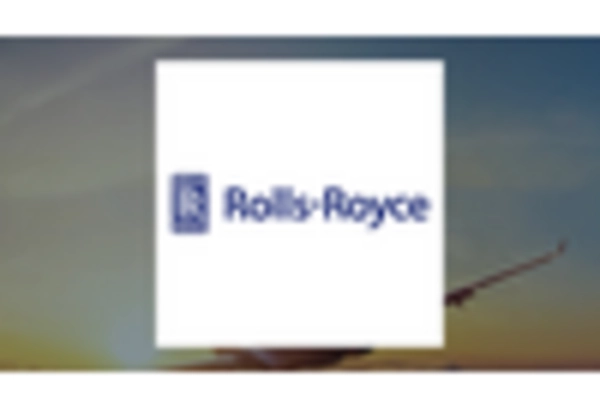









Leave a Comment